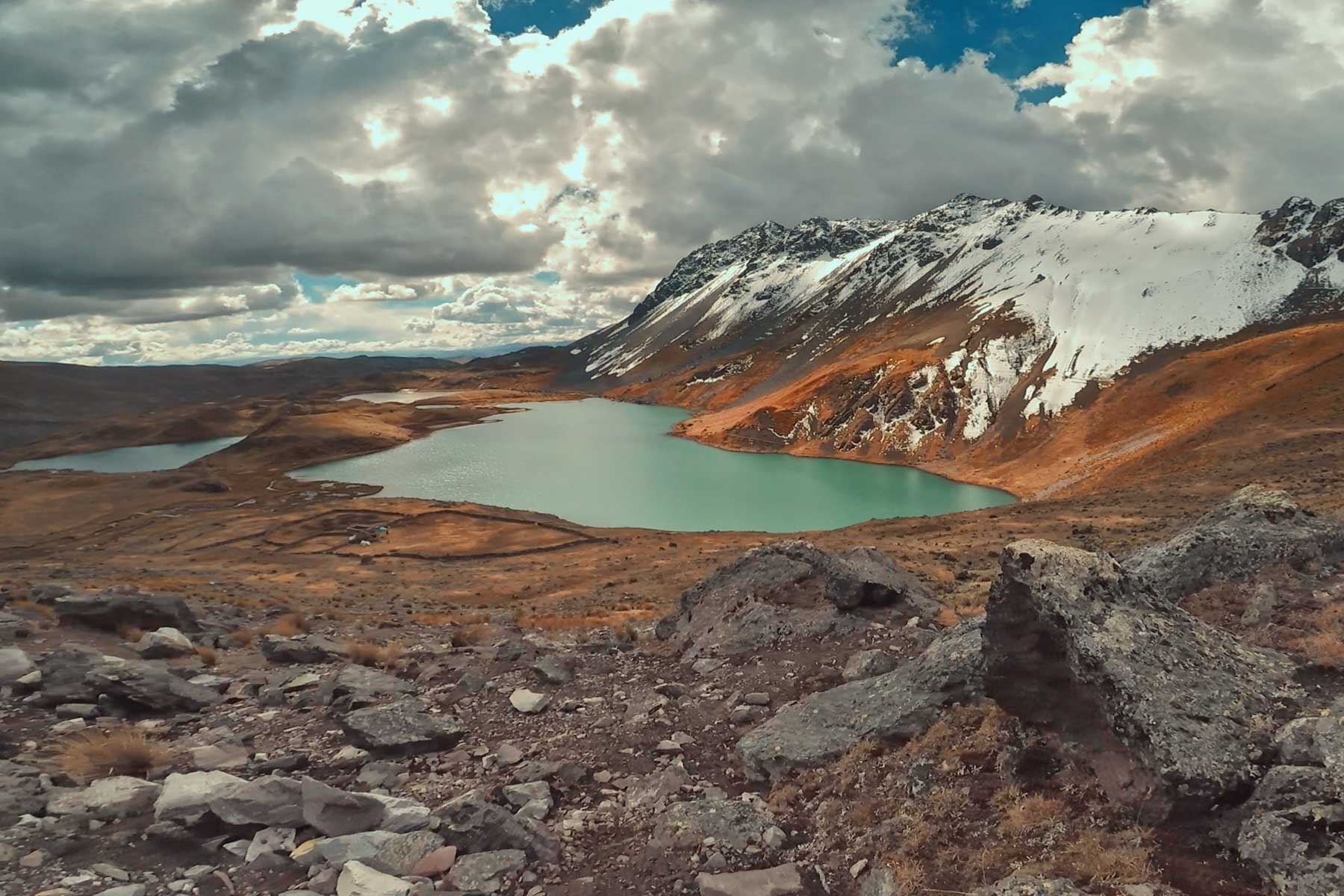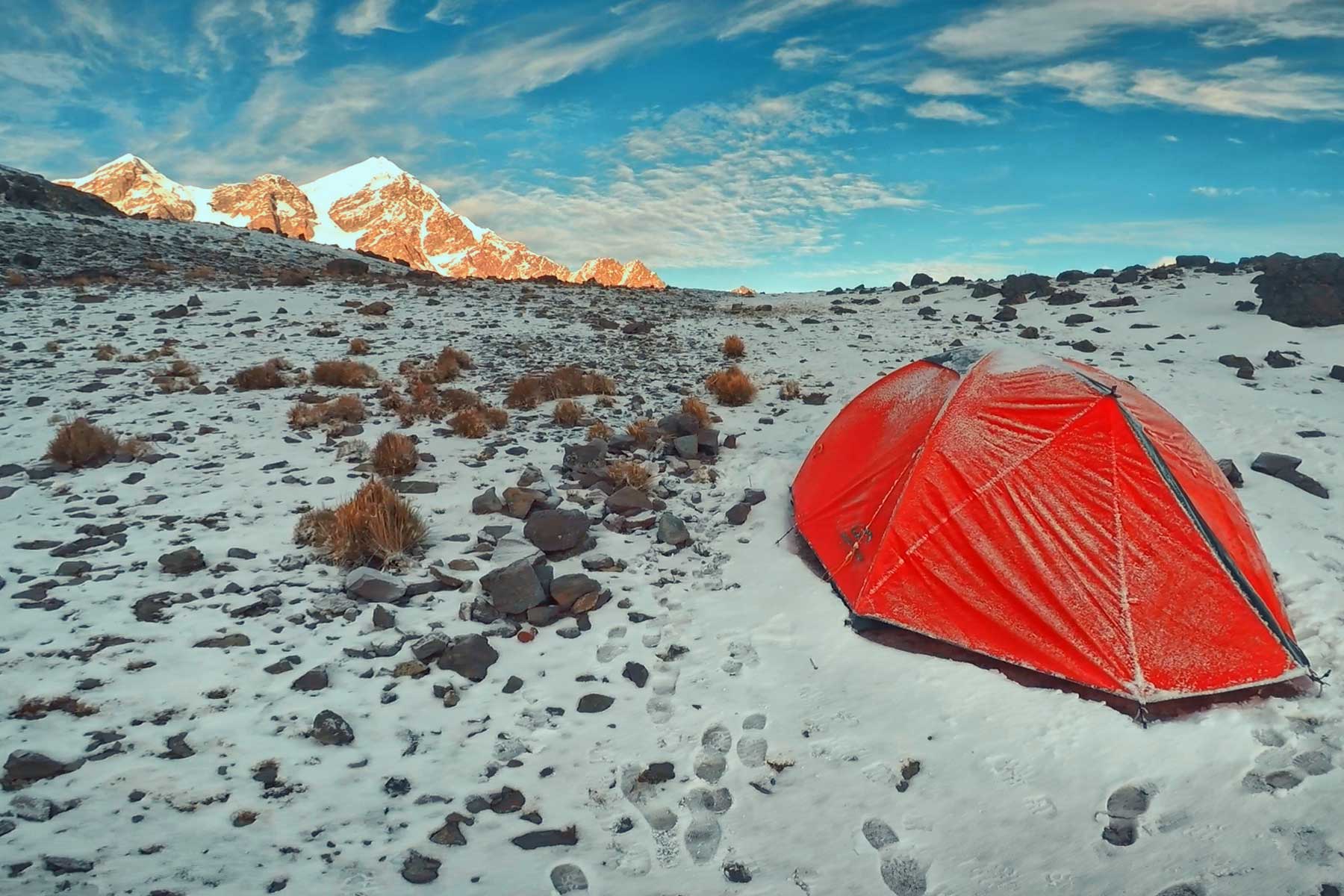Far from the bustling crowds that circle Machu Picchu, a giant of ice and rock stands sentinel over Cusco’s southern horizon: Apu Ausangate. At 6,384 meters (20,945 feet), it is not only the fifth-highest mountain in Peru but also a world of breathtaking landscapes and a deep connection to the Andean worldview. If you seek an adventure that will challenge your body and nourish your explorer’s spirit, understanding how to get to Ausangate is the first step toward one of the most memorable journeys in the Andes. This isn’t just a destination; it’s an immersion into the primal force of nature.
Ausangate is no ordinary mountain. For the local Andean communities, it is an “Apu,” a revered guardian spirit of immense power and significance. This reverence is woven into enduring traditions, such as the Qoyllur Rit’i pilgrimage, one of the largest indigenous festivals in the Americas, which unfolds at its base and is recognized as Intangible Cultural Heritage of Humanity. This rich cultural backdrop enhances every step of the journey, transforming a simple trek into a dialogue with history and geography.
The Guardian of the Vilcanota Range: Ausangate’s Location
This imposing massif is located about 100 kilometers southeast of the city of Cusco, in the Ocongate district of the Quispicanchi province. It is a cornerstone of the Cordillera Vilcanota, a mountain range that offers a visual feast of snow-dusted peaks, impossibly colored lagoons, and valleys inhabited by Quechua communities who maintain an ancestral way of life.
The climate in the region is characteristic of the high mountains: cold and unpredictable. During the day, the sun can raise the temperature to a comfortable 20°C (68°F), but as night falls, the thermometer drops sharply, often below 5°C (41°F). Be prepared for icy winds and the possibility of sudden rain or snow, even in the dry season.
A Detailed Guide on How to Get to Ausangate
Undertaking the trip to Ausangate is an adventure in itself. While there are several routes, most travelers opt for an organized excursion to ensure safety and handle the complex logistics. Nevertheless, knowing the main routes from Cusco is essential for any adventurer.
The Classic Route via Tinki and Pacchanta This is the preferred option for those undertaking the famous Ausangate circuit.
- Transport to Tinki: You’ll need to catch a bus from the Cusco terminal heading towards Ocongate/Tinki. The journey takes approximately 3 to 4 hours. Tinki is a small town that serves as the main launching point for treks in the area.
- From Tinki to Pacchanta: From Tinki, you can take a shared taxi or a mototaxi to the community of Pacchanta, about a 45-minute ride away. Pacchanta is famous for its natural hot springs and is the starting point for many day hikes, including the incredible tour of the 7 Lagoons of Ausangate, a concentrated experience of the region’s beauty.
The Alternative Route via Chilca Another option is to travel from Cusco to the village of Chilca. From here, a hike of about 4 to 5 hours begins, approaching the mountain’s base from a different perspective. Regardless of the route, the journey requires a very early start from Cusco. The trek itself is an immersion into spectacular scenery, where herds of alpacas and llamas graze freely beside turquoise lagoons, all under the watchful gaze of the colossal snow-capped peak.

Key Advice for Your Ausangate Adventure
Facing the Ausangate trek demands respect and proper preparation. This is not a hike to be taken lightly.
The Best Time to Travel The dry season, from April to November, is the ideal time to undertake this journey. The months of June through August typically offer the clearest skies and most stable weather. Avoid the rainy season (December to March), as the trails become muddy and the risk of landslides increases.
Acclimatization is Mandatory The Ausangate trek unfolds at altitudes that hover around 4,400 meters and exceed 5,000 meters. Underestimating altitude sickness is the most common and dangerous mistake.
- Spend Time in Cusco: Stay for at least 3 to 4 days in Cusco or the Sacred Valley before starting the trek.
- Hydrate Constantly: Drink plenty of water and coca tea.
- Move at Your Own Pace: Walk slowly, breathing deeply. Your body will tell you when it needs a rest.
What to Pack for the Trek The key is to dress in layers to adapt to the abrupt temperature changes.
- Thermal Clothing: A first layer to maintain body heat.
- Fleece or Fiber Jacket: A second layer for insulation.
- Waterproof and Windproof Jacket: A third layer to protect you from the elements.
- Trekking Pants: Comfortable and durable.
- Mountain Footwear: Sturdy trekking boots with good grip, already broken in to avoid blisters.
- Essential Accessories: A warm hat, gloves, scarf, sunglasses with UV protection, sunscreen, and a quality sleeping bag if you plan to camp.
Your Great Reward
Completing a trek in the shadow of Ausangate is a transformative experience. It’s not just about the physical challenge but about the complete disconnection and immersion in an environment of overwhelming purity. The final reward awaits you in Pacchanta, where you can soak your tired muscles in its comforting hot springs, with a direct view of the snowy peaks you just conquered. It is the perfect closing for a journey into the heart of one of Peru’s most revered Apus.
Ready for the Journey?
The mountain is waiting. It is more than a trip; it is a conversation with the land, the culture, and your own limits. It is an opportunity to discover that true adventure lies in the places that demand the most from us. Your next great story could begin right now.
Ready for your trip? Chat with us on WhatsApp.

